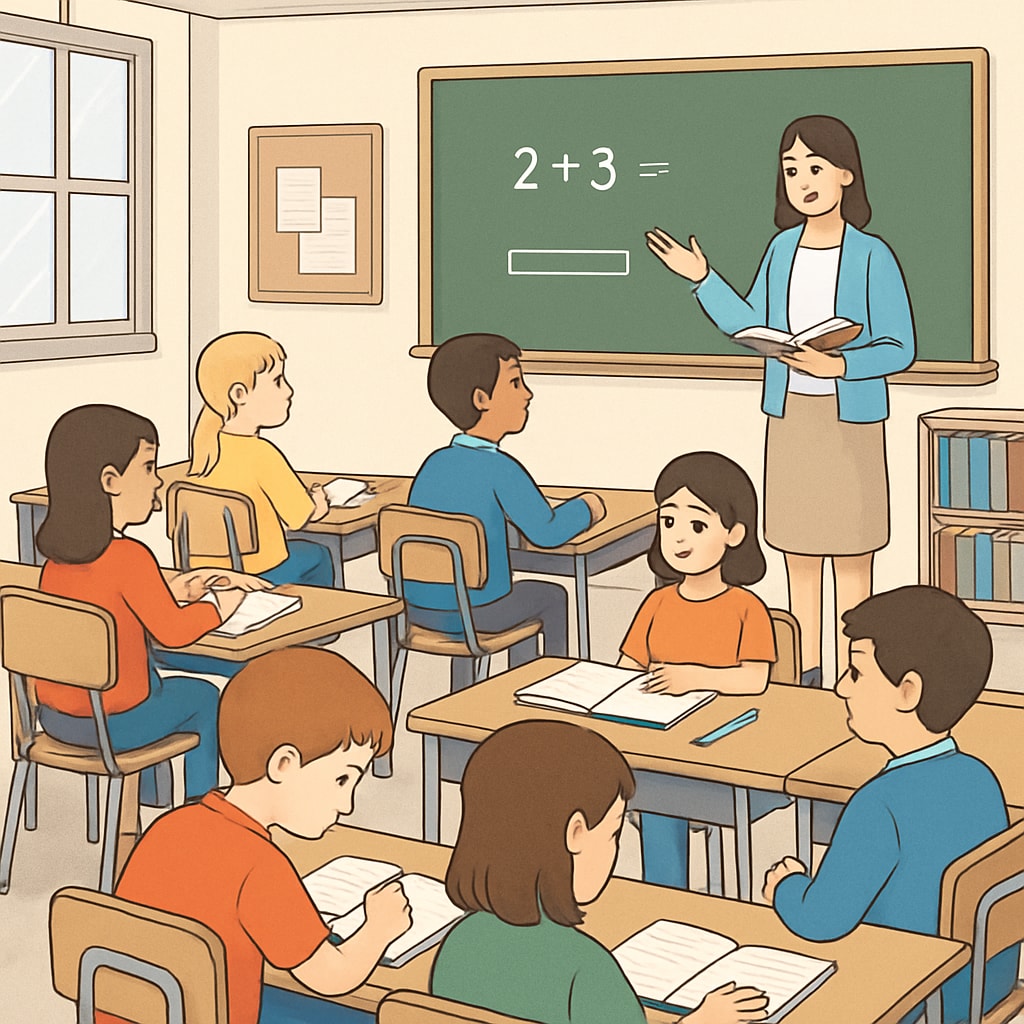In today’s K12 education landscape, parents and educators often face a critical choice: structured learning versus self-directed exploration. Both methods have their strengths, yet deciding the best route for a child’s unique needs can be challenging. Structured learning offers a clear roadmap to academic success, but self-directed exploration fosters creativity and independence. This article dives into their pros and cons, providing a practical framework to help families and educators make informed decisions.
Understanding Structured Learning
Structured learning refers to formal, guided education programs with predetermined curricula, schedules, and objectives. This approach is common in schools, where teachers provide step-by-step instructions. The method is highly effective for mastering foundational skills and subjects, such as mathematics, science, and literature.
- Advantages: Structured learning ensures consistency, accountability, and measurable progress. It’s particularly beneficial for subjects requiring cumulative knowledge.
- Disadvantages: This approach may limit creativity and flexibility, as students often follow a rigid schedule without much room for personal exploration.

The Power of Self-Directed Exploration
Self-directed exploration, often referred to as autonomous or independent learning, allows students to guide their own educational journeys. This approach emphasizes curiosity and personal interests, enabling learners to explore topics that resonate with them. Self-directed learning is particularly effective for developing problem-solving skills, creativity, and adaptability.
- Advantages: Students become active participants in their education, fostering intrinsic motivation and critical thinking.
- Disadvantages: Without proper guidance, some learners may struggle to stay focused or achieve certain academic benchmarks.

Finding Balance: Combining Structured Learning and Self-Directed Exploration
Rather than viewing structured learning and self-directed exploration as opposing forces, parents and educators can integrate both approaches to create a balanced learning environment. For example, structured learning can provide a strong foundation in essential subjects, while self-directed exploration can encourage creative thinking and personal growth.
Here’s a practical framework for blending both methods:
- Assess the Child’s Needs: Consider the student’s personality, interests, and academic goals. Some children may thrive in structured environments, while others excel through independent exploration.
- Set Clear Goals: Combine structured learning objectives with opportunities for self-directed projects. For instance, a child studying biology could follow a curriculum while independently researching topics like marine life.
- Provide Guidance: Offer support and resources for self-directed exploration, ensuring students remain motivated and focused.
- Monitor Progress: Regularly review the child’s achievements in both structured and self-directed learning settings.
By combining these methods, parents and educators can cultivate lifelong learners who excel academically while developing critical life skills.
Conclusion: Choosing the Right Path
Deciding between structured learning and self-directed exploration doesn’t have to be an either/or decision. By understanding their advantages and limitations, families and schools can create tailored educational experiences that meet the needs of individual learners. Ultimately, the goal is to nurture students who are both academically proficient and creatively empowered, preparing them for success in a rapidly changing world.
For further reading on structured learning and self-directed exploration, visit Education on Wikipedia or Education on Britannica.
Readability guidance: The article uses clear headings, short paragraphs, and lists to improve readability. It avoids excessive jargon and maintains an active voice throughout.


